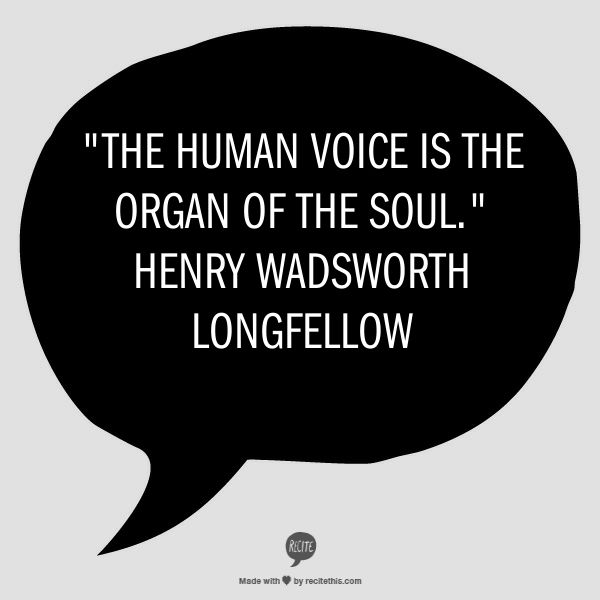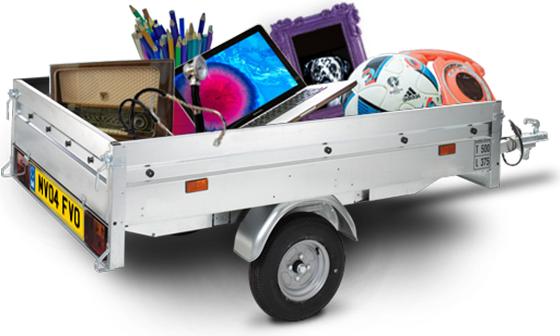Voiceovers for eLearning. Why we still need a human voice.

Last week, we launched our sister site, eLearning Voices. My first job as Managing Director was to attend the eLN Connect #eLNCT18 conference, and I was privileged to hear many different speakers and debates on the future of eLearning, and nothing was more interesting or relevant to me than the subject of future technology in learning – specifically, the use of AI or chatbots to convey an important message. I wondered if the general opinion would be that traditional voiceovers are becoming irrelevant.
One eLearning programme can reach a vast audience. It’s a brilliant and cost-effective way to train a large workforce, and – in theory – technology is developing at such a rate that we can even use Text-to-Speech to make it even more cost-effective and quick to produce.
The irony of a keynote speaker standing in front of an audience of human beings to tell us that recordings of the human voice could soon be done by AI was not lost on me. Arguably, we could all have watched the same speech from the comfort of our own home, delivered by a bot. But a bot wouldn’t have managed to convey the message half as well as the speaker, who occasionally called on the audience to participate, or to give a show of hands. All the humans who stood up to speak were the very people who made the event what it was. They made us tick. They made us think. They prompted us to talk together afterwards and share ideas.
Voiceover for eLearning works in exactly the same way. It could be done by a bot. Of course it could. Text to Speech is now advanced enough that you can write down some words and have them spoken out loud. But it’s nowhere near advanced enough to know where the natural pauses need to come in, or where to use emphasis. This is something that only humans can do… and not all humans can do it well.
For chatbots to work, they need to understand speech or written word. The AI translates the question, and correlates it with its own library of facts before responding. Chatbots can speak those words, but they can’t yet understand them, and they certainly don’t understand the sentiment, humanity or pathos which appears in the script. It’s fine to have a chatbot to tell you what the weather will be like, or to tell you what’s on your shopping list (Haribo and Quavers have magically appeared on mine, apparently – er, thanks kids) but can it teach you how to administer a vaccination to a child? Can it really give you a clear insight into equality, diversity and inclusion in the workplace? Understanding is key. How can you expect a person to truly learn from someone or something that regurgitates facts or words without truly knowing what they are saying?
This is why we still need human teachers, human messengers, and human understanding. I believe we always will. Many aspects of our lives are satisfactorily automated, but there’s very little that can replace human contact completely. We can buy a chocolate bar from a vending machine, or we can buy one from a shopkeeper. Two transactions which work the same way, with the same end result, but the latter option is more human and less likely to fail if we don’t have the correct change. A vending machine won’t smile at you or wish you a good day, either (nor will my local shopkeeper, to be fair). But if it did, it would probably be an even more empty experience than dealing with a grumpy human.
We can spend a night on Facebook chatting with our friends if going to the pub isn’t an option, but we wouldn’t expect to use social media instead of seeing our friends in person for the rest of our lives (actually, my children apparently seem to think they can). Mechanical equipment is available to fulfil most of our everyday personal needs, but we need human contact too – especially when it comes to falling in love, or having someone to tell you that your hair looks lovely, or to offer to put the bins out.
Our words are important, but only a human being can convey the truth behind them. Automation and AI are handy tools to make our lives easier in so many ways, but relationships and teaching are only successfully done from human to human. I believe this will be the case for many years to come, and the strongest message that I took away from eLN Connect last week was a positive one for me, and for eLearning Voices. The future of eLearning voiceovers is bright. The future of eLearning voiceovers is human.

